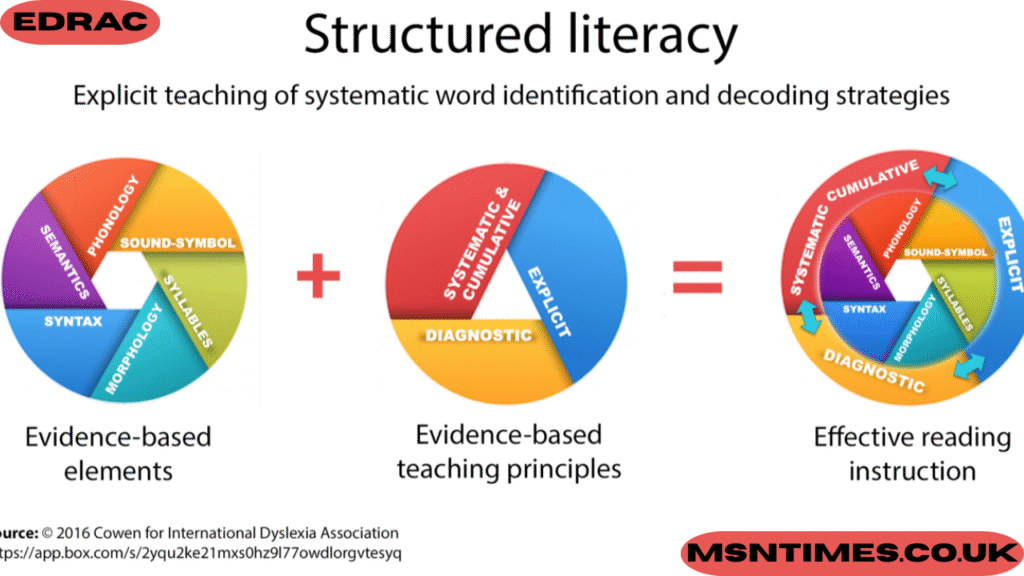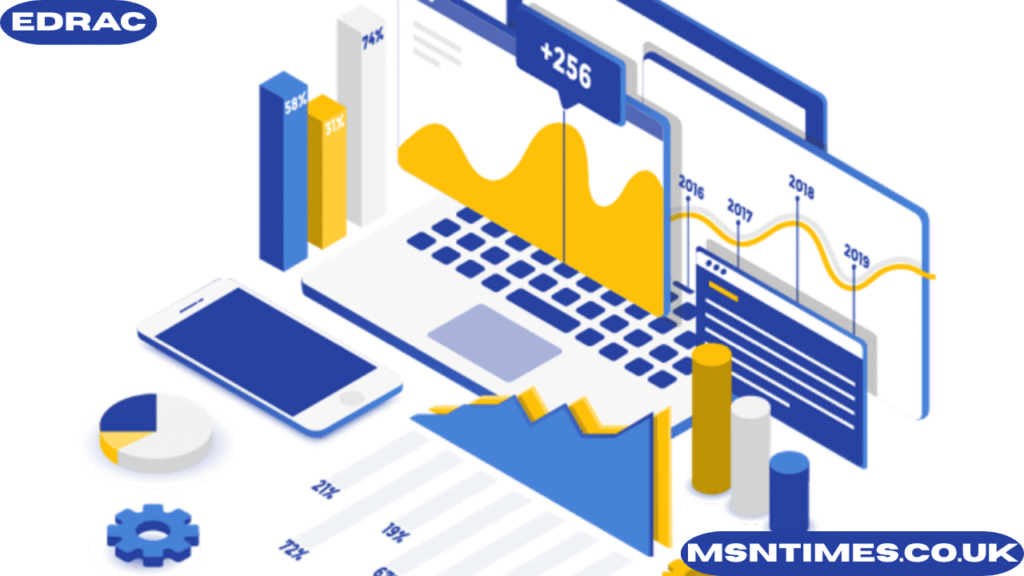In a world saturated with acronyms and digital-era jargon, the term “EDRAC??” raises eyebrows and curiosity in equal measure. Whether you stumbled upon the word in a technical manual, a strategic report, or an obscure online forum, one thing is certain—EDRAC demands a deeper look. But what exactly is it? Does it represent a system, a tool, a philosophy, or something more layered? This article takes a comprehensive dive into everything you need to know about EDRAC, analyzing its significance across contexts, and offering a thoughtful examination of its applications, mysteries, and speculations.
What Is EDRAC?? Decoding the Acronym and Intent

To begin with, EDRAC is often interpreted as an acronym, though its full form can vary depending on the industry or the document in which it appears. While it hasn’t reached mainstream notoriety like AI or SaaS, it surfaces across different sectors ranging from logistics and defense to education and corporate strategy.
Some of the most widely discussed interpretations of EDRAC include:
- Evaluation, Design, Review, Approval, and Control
- Electronic Data Retrieval and Analysis Console
- Enhanced Decision and Risk Assessment Cycle
However, the question that looms large is the meaning behind “EDRAC??”—with double question marks. This nuance suggests either skepticism or a deeper, unexplored variation of the original term. Whether it signals an evolution of the acronym or simply draws attention to its growing mystery, the implications are undeniably intriguing.
The Functionality of EDRAC in Various Sectors
1. EDRAC in Project Management and Strategic Planning
In project lifecycles, especially within engineering and development environments, EDRAC is sometimes used as a structured process:
- Evaluation: Identifying the scope, needs, or challenges.
- Design: Creating blueprints, solutions, or strategies.
- Review: Checking feasibility, constraints, and risks.
- Approval: Gaining consensus or formal sign-off.
- Control: Monitoring implementation and adapting to feedback.
This EDRAC model mirrors other lifecycle methodologies like PDCA (Plan-Do-Check-Act) but offers its own nuanced layers of governance, especially in bureaucratic or high-risk project environments.
2. EDRAC in Data Analytics and IT Systems

From a technical standpoint, EDRAC may refer to a system or framework built to retrieve and analyze data across disparate sources. It’s considered a term loosely affiliated with data mining and compliance auditing systems, especially in government or military applications.
In this interpretation, EDRAC is less about process flow and more about real-time intelligence gathering, often for the purpose of surveillance, strategic decision-making, or anomaly detection.
3. EDRAC in Corporate Compliance and Governance
Another increasingly relevant application of EDRAC is in the realm of corporate governance. Here, it functions more like a methodology or protocol guiding organizational oversight. In this context:
- Evaluation deals with the identification of regulatory risks.
- Design involves creating policies or internal controls.
- Review checks alignment with internal goals or external requirements.
- Approval refers to board-level sign-off.
- Control implies the enforcement of policies and monitoring their effectiveness.
EDRAC ensures not just compliance but a culture of accountability.
Why Is “EDRAC??” Gaining Popularity Now?

The growing interest in EDRAC?? could be attributed to several socio-technological trends:
- Increased demand for structured governance systems
- A shift toward transparency and risk accountability
- Digital transformation pushing organizations to reframe their decision frameworks
The double question marks possibly reflect a transition phase—suggesting organizations are still questioning the rigidity or adequacy of existing models and are looking for new hybrid structures.
Potential Misinterpretations or Myth-Building Around EDRAC??
With vague definitions comes speculation. In some online circles, EDRAC?? has even been jokingly described as a ghost term—a placeholder for an unspoken truth or an undefined principle known only to a few. While this might sound humorous or conspiratorial, it underscores a very real challenge: terminological ambiguity.
Without formal standardization, EDRAC is at risk of becoming a floating acronym—one that people bend to fit whatever concept they wish. This makes universal adoption tricky, but also opens the door to creative adaptation across sectors.
Could EDRAC Be the Next Framework Standard?
Though not widely codified yet, the structure and spirit of EDRAC align well with contemporary needs:
- Dynamic adaptability in volatile markets
- Strong internal review and feedback systems
- Integrative models that combine data, human insight, and control mechanisms
If championed by think tanks, academic institutions, or multinational corporations, EDRAC could eventually evolve into a certified framework akin to ISO or Six Sigma.
Frequently Asked Questions (FAQs) About EDRAC??
Q1: What does EDRAC stand for?
EDRAC can stand for a range of terms like Evaluation, Design, Review, Approval, and Control or Electronic Data Retrieval and Analysis Console, depending on context.
Q2: Is EDRAC a tool or a concept?
It can be both. Some use EDRAC as a procedural model, while others refer to it as a technical system or analytical toolset.
Q3: Why are people asking “EDRAC??” with question marks?
The double question marks often imply uncertainty, scrutiny, or even a sarcastic tone. It may suggest that people are unsure of what EDRAC actually means or how legitimate it is.
Q4: Is EDRAC used in the military or defense sectors?
Yes, in some circles EDRAC is associated with surveillance, compliance auditing, or decision-making frameworks used by defense departments.
Q5: Can EDRAC be customized for a business model?
Absolutely. In fact, the ambiguity of the term allows organizations to tailor it to fit their specific decision-making or project-management needs.
Q6: Is EDRAC related to AI or machine learning?
Indirectly, yes. If EDRAC refers to systems of data retrieval and analysis, it could easily integrate with AI modules, especially for predictive analysis and smart decision support.
EDRAC’s Future: Framework, Buzzword, or Forgotten Concept?
The verdict on EDRAC?? is still out. It sits at a crossroads—on one hand, it has the structure and utility to become a widely adopted model. On the other, its lack of clarity and varied interpretations may cause it to fade into obscurity unless formalized.
For now, EDRAC remains a concept ripe with potential and ambiguity, demanding both interpretation and innovation. Whether it evolves into a globally recognized framework or remains a niche, situational acronym will depend on the communities that embrace it and the clarity they bring.
Final Thoughts on EDRAC??
To conclude, EDRAC?? represents more than just five letters or two question marks. It’s a lens through which we can examine how systems are built, decisions are made, and complexity is managed in our rapidly changing world. Whether you see it as a corporate tool, a data system, or a philosophical question about structure, one thing is clear—EDRAC deserves your attention.
ALSO READ : Tiwzozmix458: Exploring the Multifaceted Digital
